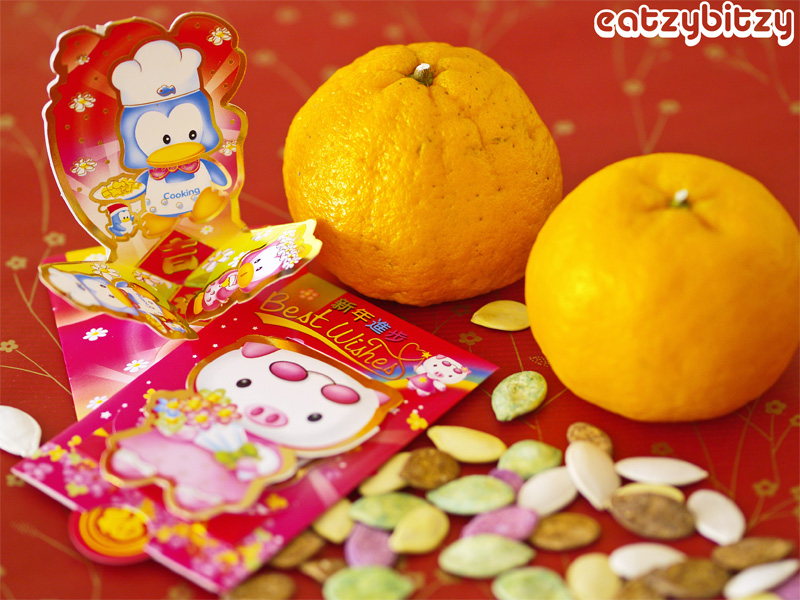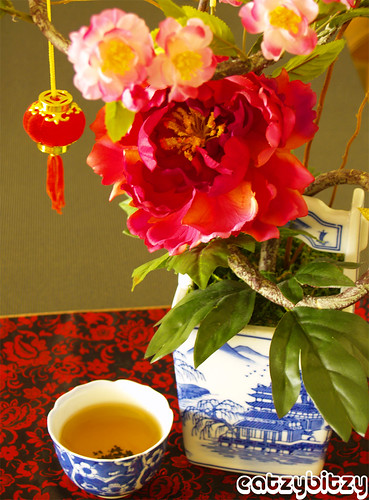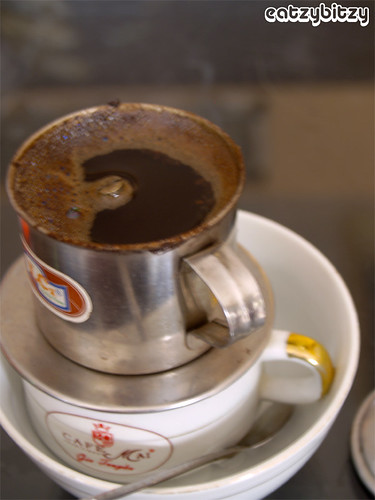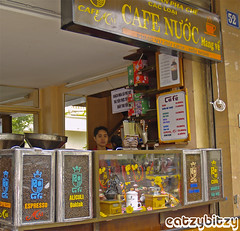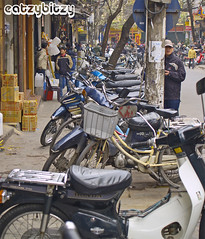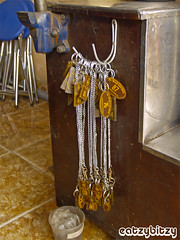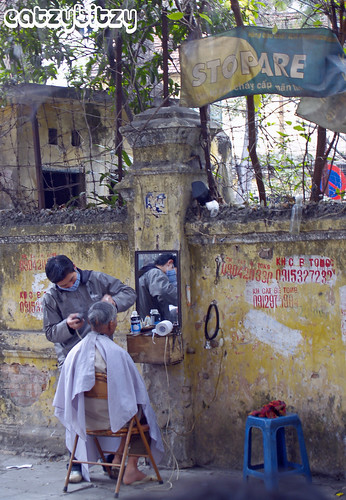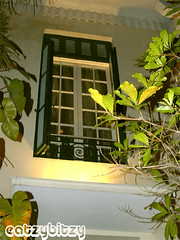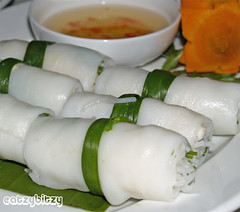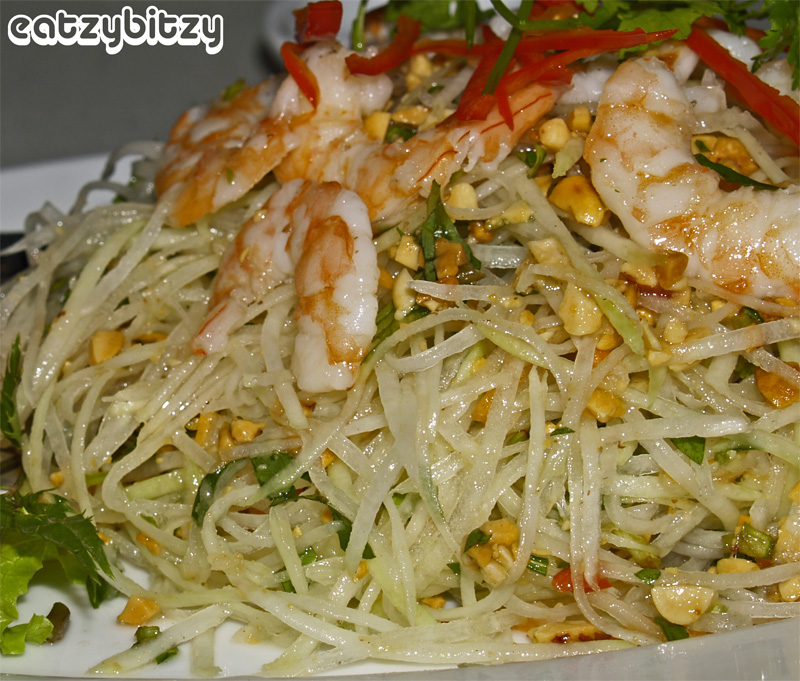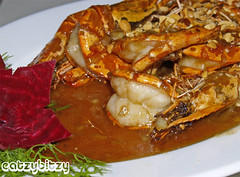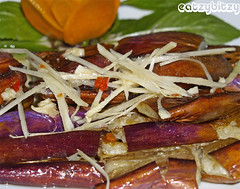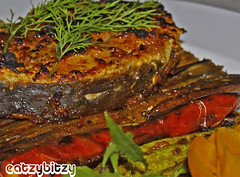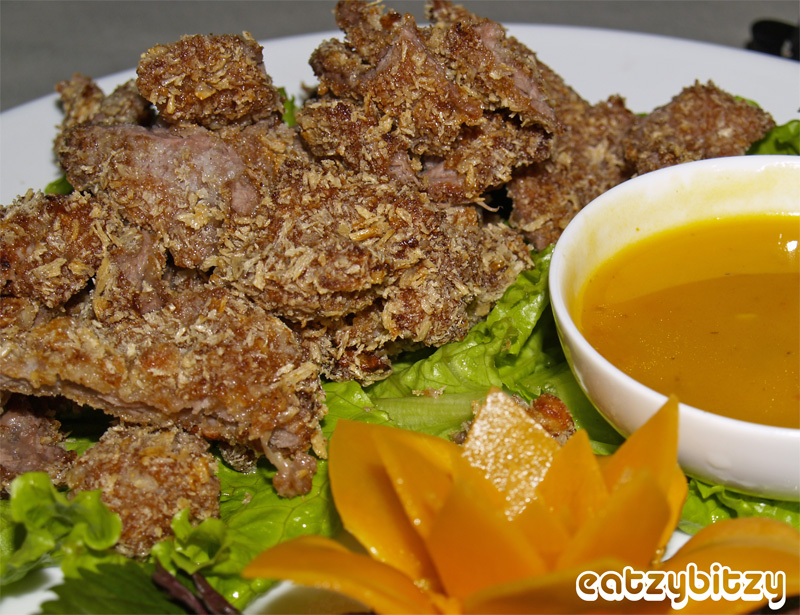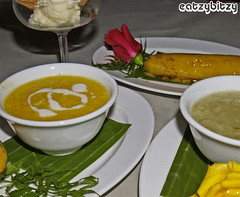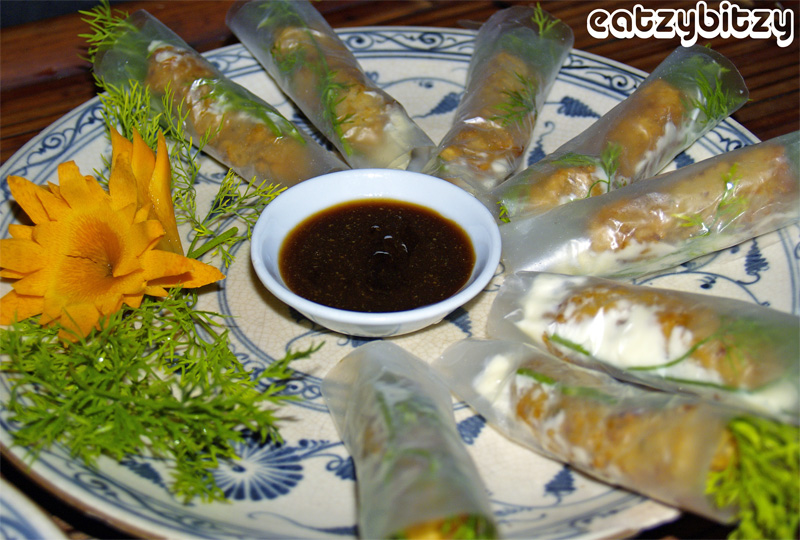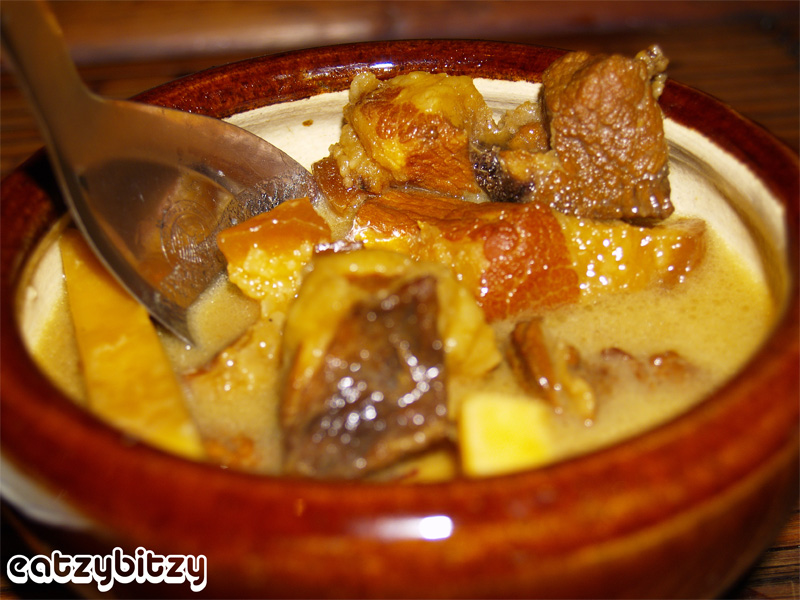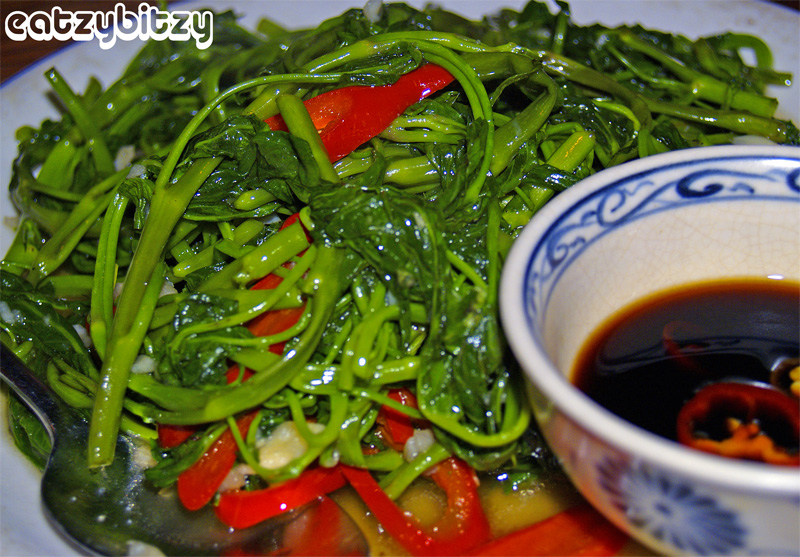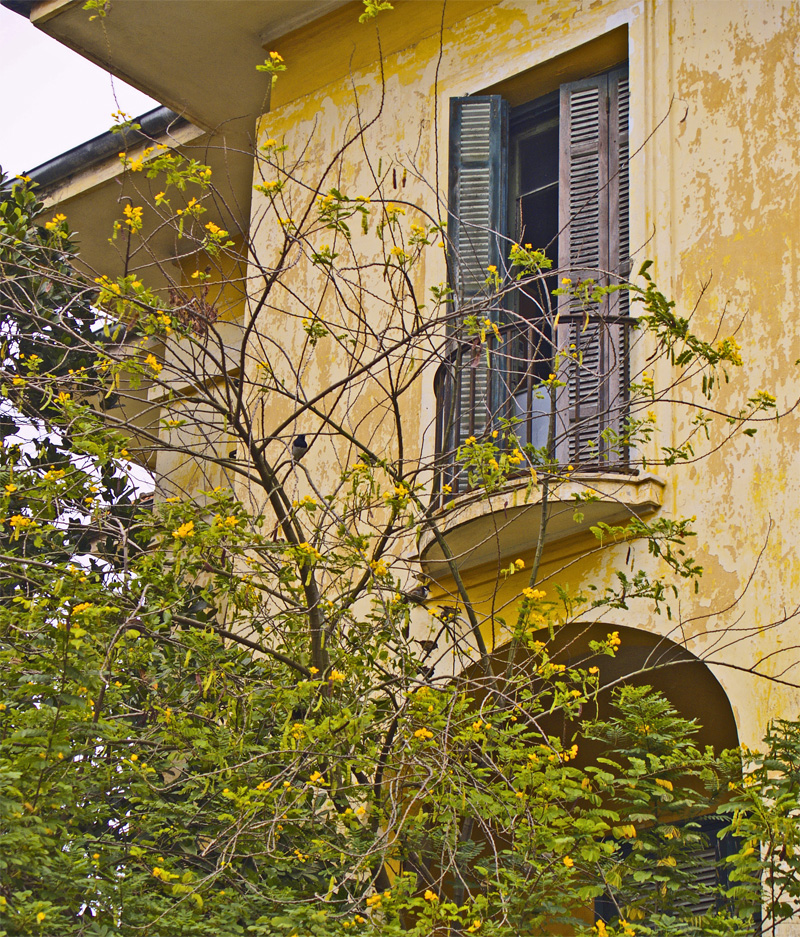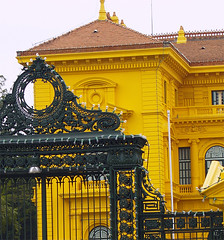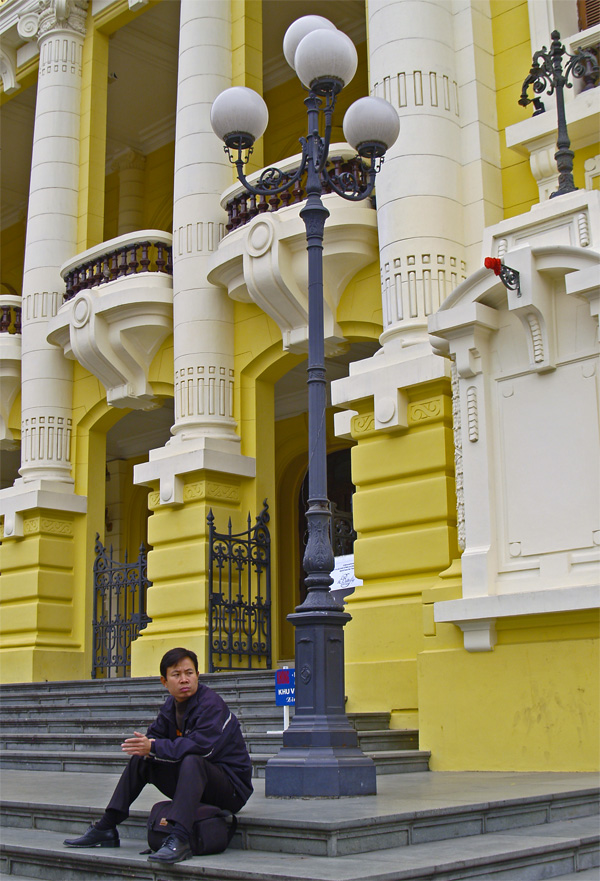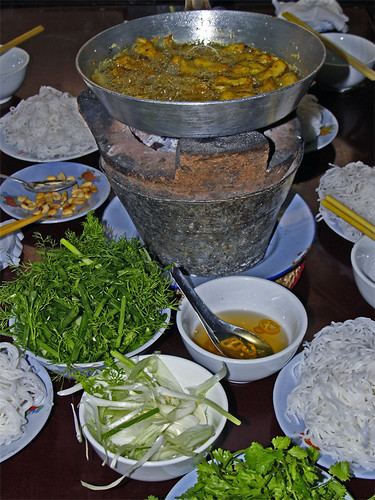 The yellow star fluttered furiously in the windy morning at Ba Dinh Square, site of the Ho Chi Minh Mausoleum in Hanoi. A bunch of six women from Singapore wrapped in their parkas gathered around their young and enthusiastic Vietnamese guide as he ventured forth on his country's history. They appeared to be listening quite intently but at least one of them (if not more) was already thinking of the lunch ahead. Hey, I was after all in VIETNAM, land of pho bo and salads galore, sometimes touted as one of Asia's best kept culinary secrets.
The yellow star fluttered furiously in the windy morning at Ba Dinh Square, site of the Ho Chi Minh Mausoleum in Hanoi. A bunch of six women from Singapore wrapped in their parkas gathered around their young and enthusiastic Vietnamese guide as he ventured forth on his country's history. They appeared to be listening quite intently but at least one of them (if not more) was already thinking of the lunch ahead. Hey, I was after all in VIETNAM, land of pho bo and salads galore, sometimes touted as one of Asia's best kept culinary secrets.
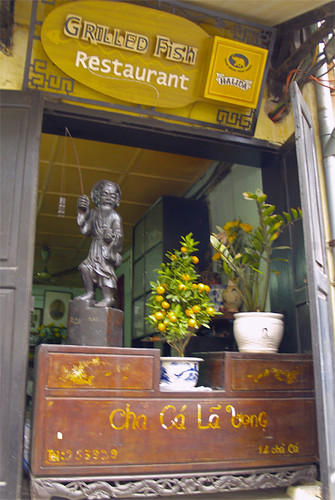 It's a good thing that lunch starts at around 11 am in this city, and being 'efficiently economical' in our city sight-seeing, it was not too long before we brought our ravenous appetites to our first lunch-stop at Cha Ca La Vong, a more than 100-year old Hanoi food institution. Featured in Patricia Schultz's "1000 places to see before you die", I'm told that no tourist should ever leave Hanoi without trying the grilled fish (cha ca) served in this little two-storey shophouse found in the Old Quarter at 14 Cha Ca (yup, this restaurant is so famous that they actually changed the street name many many years ago to 'grilled fish' street).
It's a good thing that lunch starts at around 11 am in this city, and being 'efficiently economical' in our city sight-seeing, it was not too long before we brought our ravenous appetites to our first lunch-stop at Cha Ca La Vong, a more than 100-year old Hanoi food institution. Featured in Patricia Schultz's "1000 places to see before you die", I'm told that no tourist should ever leave Hanoi without trying the grilled fish (cha ca) served in this little two-storey shophouse found in the Old Quarter at 14 Cha Ca (yup, this restaurant is so famous that they actually changed the street name many many years ago to 'grilled fish' street).
Climbing a set of narrow stairs up number 14, we are immediately ushered into a corner booth and like clockwork, bowls of
bun (rice vermicelli), plates of mint, dill and spring onions, roasted peanuts and little bowls of fish sauce are placed on the table.
No smiling waitresses, no menu - they know what you want and they serve nothing else - which makes ordering easy for the non-Vietnamese speaking tourist, i.e. you need not utter a single word. Soon, a hot charcoal stove is brought to the table together with a frying pan filled with turmeric-rubbed chunky pieces of already cooked white fish (found out later, that the fish is
Ca Loc or snake-head fish) in sizzling, bubbling and steaming hot turmeric-infused oil.
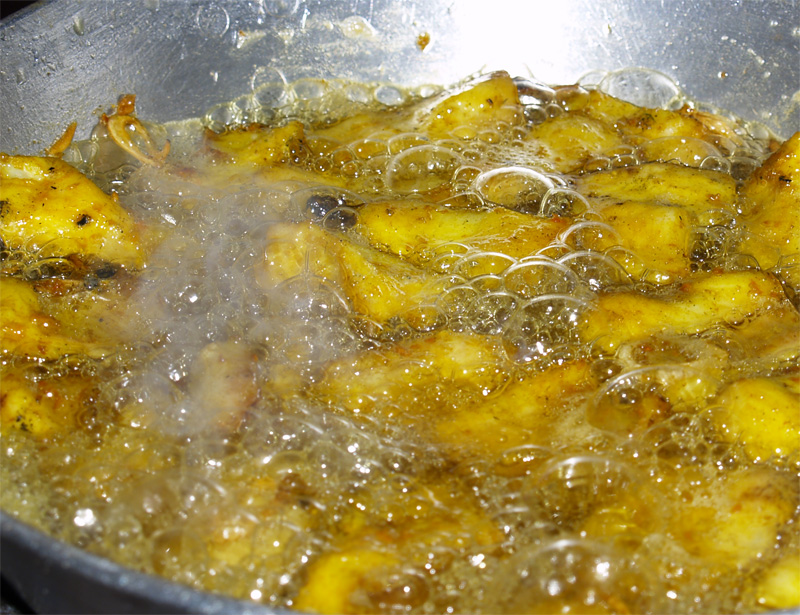
First, bunches of dill and spring onion are placed in the fish-filled pan to heat through but not for too long. Stir-fry at the table a mere few seconds and lunch begins. Spoon some fish with herb mixture and a bit of the oil onto a bowl of rice vermicelli, and top with mint, roasted peanuts and fish sauce. I loved the use of dill in this dish and discovered during the course of my trip in Hanoi that the Vietnamese-culinary style uses huge bunches of raw herbs (e.g. dill, mint and basil) - more so than any other South-east Asian-style of cooking. The boneless chunks of fish were delicious (care to be taken not to cook the fish too long at the table to prevent toughening the fish - not a problem in our case with 6 voracious appetites). Although a tad concerned with the amount of oil used, we couldn't stop ourselves from spooning the fragrant turmeric-infused oil to coat and heat the vermicelli. The herbs and the fish sauce were a good combination though, helping to cut through the oiliness of the dish. At about 70,000VND (approximately SGD7) per person, it was a good start to our Hanoi dining-experience.
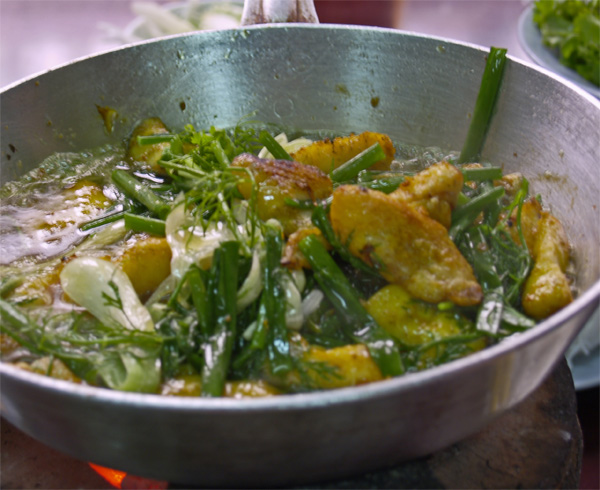
Spotting a French-style deli-bakery opposite Cha Ca La Vong, the six of us adjourned over for coffee and desserts. At
Baguette & Chocolat (
11 Cha Ca street), a warm and cosy little cafe run by the Hoa Sua School for Disadvantaged Youth, we went a little bit amok, ordering every single variety of tart, from the lovely bright citron (lemon) tart, the dual white and dark chocolate tart, the pear tart, almond tart and chocolate brownie. We unanimously agreed that French pastries are done quite well in Hanoi, probably one of the better vestiges of French colonialism.
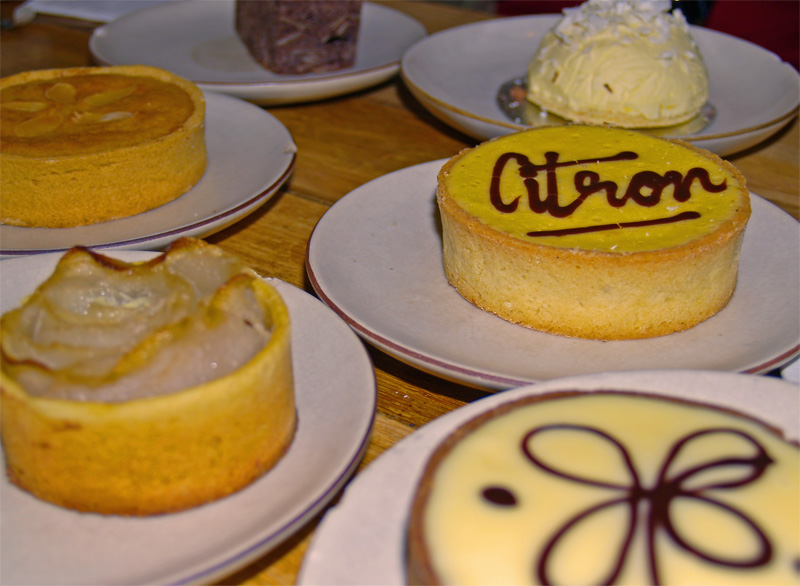
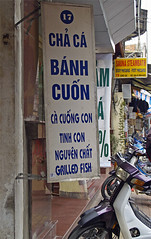 While sipping tea with our local guide, he innocently mentioned that barely a few doors away on this particular Cha Ca street was a famous stall for Banh Cuon, steamed rice-flour rolls (not unlike our local Chee Cheong Fun), a favourite for breakfast in north Vietnam due to its light nature. Instantly, six pairs of eyes lit up, and notwithstanding the oil-laden lunch and sugar-rich desserts just barely partaken, we moved three shophouses down the road and came upon Banh Cuon Cha Ca, Tinh Ca Cuong Con Nguyen Chat at 17 Cha Ca. In order not to appear too greedy, we requested our local guide to order one plate (20,000 VND or approximately SGD2 per plate) for all of us to share.
While sipping tea with our local guide, he innocently mentioned that barely a few doors away on this particular Cha Ca street was a famous stall for Banh Cuon, steamed rice-flour rolls (not unlike our local Chee Cheong Fun), a favourite for breakfast in north Vietnam due to its light nature. Instantly, six pairs of eyes lit up, and notwithstanding the oil-laden lunch and sugar-rich desserts just barely partaken, we moved three shophouses down the road and came upon Banh Cuon Cha Ca, Tinh Ca Cuong Con Nguyen Chat at 17 Cha Ca. In order not to appear too greedy, we requested our local guide to order one plate (20,000 VND or approximately SGD2 per plate) for all of us to share.
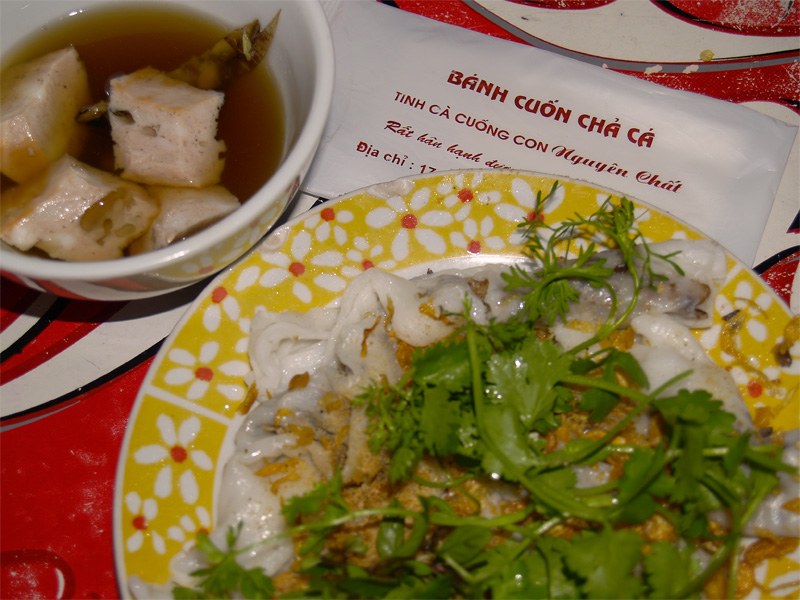
The plate of delicate steamed rice-flour rolls arrived immediately, rolled with a mixture of stir-fried minced mushrooms and minced pork, topped with fried shallots, garnished with coriander leaves and served with a bowl of sauce (fish-based) with chunks of the local Vietnam ham. Without even bothering to take our seats at the table, the six of us stood elbow to elbow and in a single fell swoop, six pairs of chopsticks came down on that little plate. Resistance to the smooth, white, thin and shiny rice rolls was useless and another plate was soon ordered up. [
Methinks the Vietnamese guide and stall operator were a bit taken aback by our hungry-ghost display.]
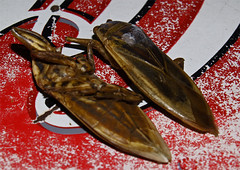 Quite disgusted with our own hungry-ghost display, we returned to this stall a couple of days later to redeem our tattered reputation and sat down lady-like, each with our own plate of banh cuon and accompanying sauce. Without the chopsticks fight, each of us could savor in full the extremely light rolls and very tasty dipping sauce, and that's when we discovered this little flattened brown stuff in the dipping sauce that looked like it had legs. Yikes, it was part of an insect! [Take a peek at the right-hand corner of the bowl of dipping sauce in the picture above, and you will see this pointy tail-like thingy.]
Quite disgusted with our own hungry-ghost display, we returned to this stall a couple of days later to redeem our tattered reputation and sat down lady-like, each with our own plate of banh cuon and accompanying sauce. Without the chopsticks fight, each of us could savor in full the extremely light rolls and very tasty dipping sauce, and that's when we discovered this little flattened brown stuff in the dipping sauce that looked like it had legs. Yikes, it was part of an insect! [Take a peek at the right-hand corner of the bowl of dipping sauce in the picture above, and you will see this pointy tail-like thingy.]
At this point, the stall-owner proudly produced a little plastic box in which he kept the dried bug specimens, and our naughty local guide then informed us that he had ordered that special ingredient for added punch to our dipping sauce. This particular stall flavors its dipping sauce with
belostomatid essence, i.e. the essence extracted from this particular genus of giant water-bug. The slightly pungent belostomatid essence (
ca cuong - will definitely be on the alert for this word in all future Vietnamese menus) complements very well the fish sauce (
nuoc nam) and when mixed with a little water, sugar, vinegar and pepper creates an unusually tasty dipping sauce, quite quite popular with the locals. To be fair, we thought it to be very tasty indeed until we discovered the reason - *sigh* sometimes, ignorance is bliss!
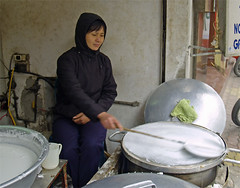 To make the light rice-flour rolls, a ladle of rice-flour mixture (rice flour, water and salt) is spread in a thin layer over a taut muslin cloth that has been stretched over the mouth of a steamer filled with boiling water. The steamer is then covered.
To make the light rice-flour rolls, a ladle of rice-flour mixture (rice flour, water and salt) is spread in a thin layer over a taut muslin cloth that has been stretched over the mouth of a steamer filled with boiling water. The steamer is then covered.
 After a few minutes, the steamed layer is then lifted with a long chopstick in a single unbroken piece (that takes a fair amount of skill) and placed on a plate for rolling of the banh cuon ingredients within. Our banh cuon lady expert sits at her chair all day long using only her right hand to ladle and lift the rice-flour roll and her left hand to lift the cover for the steamer, while another lady rolls the hot rice-flour roll. A specialist indeed!
After a few minutes, the steamed layer is then lifted with a long chopstick in a single unbroken piece (that takes a fair amount of skill) and placed on a plate for rolling of the banh cuon ingredients within. Our banh cuon lady expert sits at her chair all day long using only her right hand to ladle and lift the rice-flour roll and her left hand to lift the cover for the steamer, while another lady rolls the hot rice-flour roll. A specialist indeed!
At the end of my 6-day sojourn in this gastronomic city, I'm kicking myself for not having discovered this beautiful country earlier. I must however thank heartily my five other travelling companions for their uninhibited and adventurous quest for food (apart from shopping), the endless discussion in our tour-van on the next meal-stop, the constant barrage faced by our patient local guide for recommendations on the best places to eat... we kinda *blushed* when he asked quite quite sincerely whether it is a practice for us to eat 6 meals a day in Singapore! With such 'tarnished' reputations, we do think the moniker "the six Gorge(ou)s" fitted us quite aptly.
More posts to come on the variety of culinary delights encountered by these six Gorge(ou)s :-)
